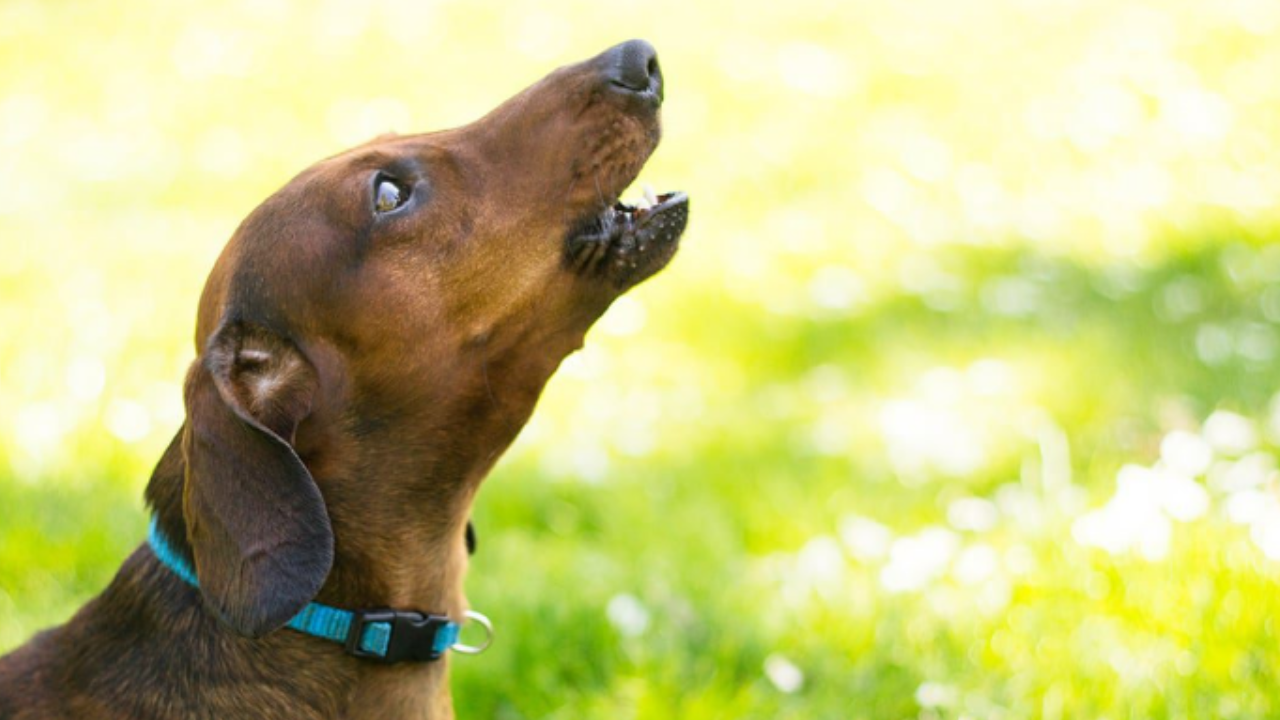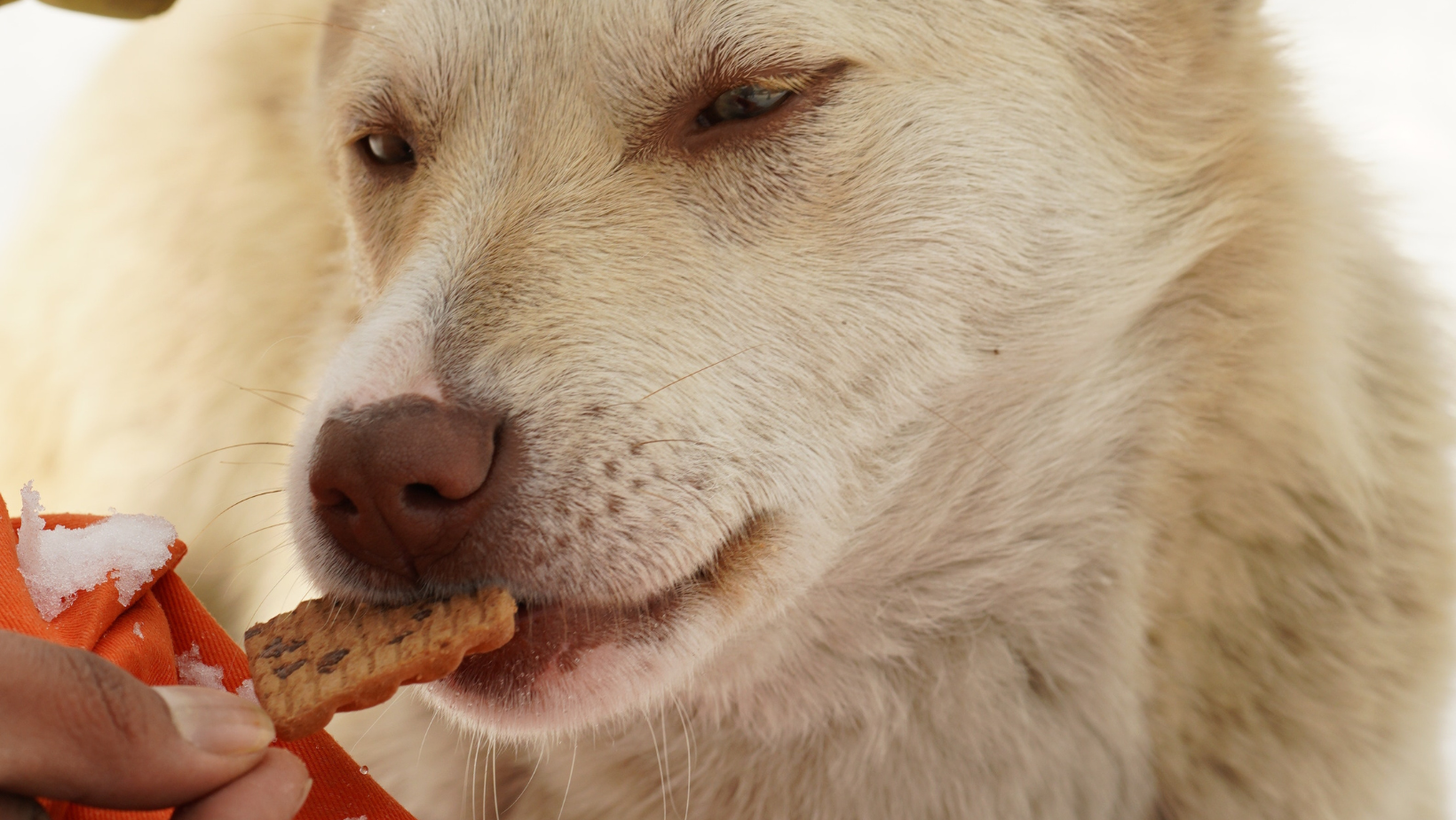If your dog eats chocolate, what should you do?

Chocolate death may sound funny, but it is a very serious possibility for dogs. Unfortunately, many dog owners are uninformed of the hazards of chocolate poisoning in their pets and may give their four-legged companion a piece of chocolate. Even if you don’t offer your dog chocolate, there’s a chance he’ll take anything left on a table or counter. Call your veterinarian right away if you suspect your dog has ingested chocolate. Your vet will either direct you to an emergency veterinary facility or advise you to keep an eye on your dog for indications of sickness based on the information you supply.
Why is Chocolate Bad for Dogs?
Chocolate’s canine culprit is theobromine. Humans have no problems metabolising this molecule, which is related to coffee, but dogs do not. Caffeine is another ingredient in chocolate that dogs should avoid. The two substances work together to excite the neurological system and raise heart rate.
How Much Chocolate Does It Take to Kill a Dog?
How much chocolate can your pet eat before it dies? It is determined by the dog’s size, overall health, and age. Even if a large breed dog eats the same quantity of chocolate as a toy breed, the outcomes are drastically different. The huge dog may not exhibit any signs of illness, but the little dog may collapse and die. Chocolate is more likely to kill older dogs, pups, and those with heart issues than healthy canines in their prime.
Much relies on the sort of chocolate consumed by the dog. Theobromine is found in higher concentrations in darker chocolate. White chocolate should not induce chocolate poisoning since it contains minimal theobromine, but cocoa powder, baker’s chocolate, semi-sweet, and dark chocolates are deadly. Unless the dog consumes a significant amount of milk chocolate, it poses less of a concern.
Toxicity Symptoms of Chocolate
A dog with minor chocolate toxicity may merely vomit what he’s eaten, but canines with more severe cases of chocolate poisoning will become quite sick. Tell your veterinarian what kind of chocolate your dog ate and how much you believe he ate. If the veterinarian is unfamiliar with your dog, provide information about its size and weight. Chocolate calculators are available in veterinary offices, so the doctor will be able to tell you if the quantity of chocolate consumed by an animal of your dog’s size is likely to cause major problems. If your dog did not consume a lot of chocolate, your vet may urge you to keep an eye on him for indications of poisoning. Chocolate toxicity in dogs manifests itself in the following ways:
- Vomiting
- Diarrhea
- Drooling
- Abdominal distension
- Restlessness
- Heart rate that is quite fast
- Tremors in the muscle
- Urine production increases as a result of increased thirst
Chocolate poisoning symptoms in dogs might take many hours to appear after eating. A cardiac arrhythmia – an irregular heart beat – respiratory failure, or central nervous system malfunction are the most common causes of mortality.
Treatment for Chocolate Poisoning
If your dog has chocolate poisoning, the veterinarian would most likely induce vomiting in order to get the chemical out of the animal as soon as possible. After that, the dog is given activated charcoal to prevent theobromine absorption, which is given every several hours. If your pet is seriously afflicted, intravenous fluids are administered to promote the elimination of any residual theobromine. Because theobromine has a lengthy half-life, chocolate poisoning symptoms might linger for several days. Side effects are also addressed, and a dog with a fast heart rate may be prescribed medicine to bring it back to normal.





